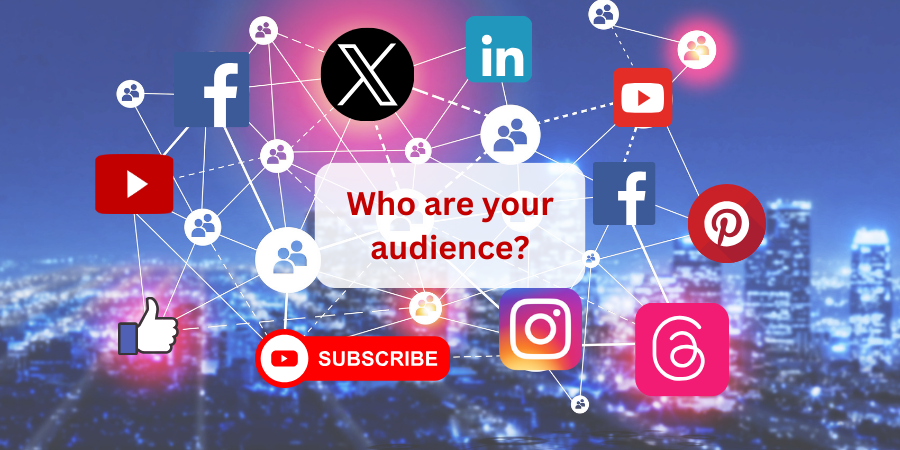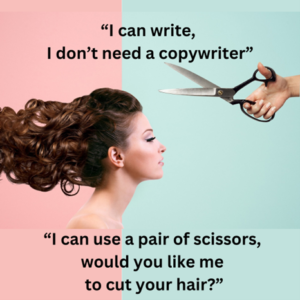
All social media platforms are not equal – and your approach to each one should take that platform’s audience into account when you’re creating social posts.
Not everyone gets that. Sharing cute cat videos is great on Facebook, but won’t go down so well on LinkedIn. Does this mean that all the people on LinkedIn aren’t interested in cat videos? No. But they are on LinkedIn with their business head on and are interested in getting to know people in a business context. Cat videos couldn’t be described as business content – unless you happen to be running a cattery and can deliver an appropriate message along with the video.
Someone recently told me that only ‘old’ people are on Facebook now. I’m not sure my friends (and family) who are in their early 40s and still love Facebook, appreciate being categorised as ‘old’, but younger people are big consumers of video and images, so, if they’re your audience, check out Instagram and TikTok.
Even Snapchat has become ‘old hat’, apparently ‘everyone’ (LOL) is on Instagram now.
Who are your audience?
This question is critical to everything you do in business. The clearer you are about exactly who you are trying to engage, the better your marketing message will get.
On social media you can deliver the same message in different ways – appropriate to the platform, but sometimes you need to choose the best place to engage with your audience where they are mostly found – and talk directly to them.
Let’s not ignore the fact that most of us respond to visual material, so a good image or short video will get more attention than text only – even on a business platform. The thing to get right is the content.
Let’s look at an example:
The core message: A professional copywriter will deliver a more compelling message than you can do yourself.
LinkedIn version:
How do you know if your website is working?
It’s surprising how few people check if their website is generating enquiries or engagement. When they do, they’re frequently disappointed by the sparsity of the results.
When I look at their website I can usually spot the problem – and it’s down to one of three things:
-
- The message isn’t clear
- It’s all about the company, not their visitor
- It’s hard to find what you’re looking for.
These are all related to copy.
The visitor to your website should be able to understand what you’re offering in the first few seconds they’re on your site. If they don’t, your headline and sub-headline need serious attention.
It may not be what you want to hear, but your visitor is not interested in what you do – they’re only interested in what they get. The language on your website needs to reflect that.
If they can’t find what they want, your navigation is not doing its job. Your products or services should be easily found with clear menus and sub-menus. This is not only having navigation tabs that don’t require thought to understand what they lead to, but also in organising your website to make life as easy as possible for the visitor.
If you suspect that your website might be in need of an upgrade, why don’t you drop me a DM and I’ll be happy to give you some feedback.
The Facebook version:
You could also use this on Instagram.
TikTok would have a video, maybe showing before and after clips of what doesn’t work and what does on a website. You could also post this on Instagram reels.
For X and Threads, you’d be looking at a short pithy statement –
“I can write, I don’t need a copywriter.” “I can use a pair of scissors, would you like me to cut your hair?” There’s a big difference between being able to write good English and understanding how to write commercial copy.
Your social media strategy needs social diversity!
